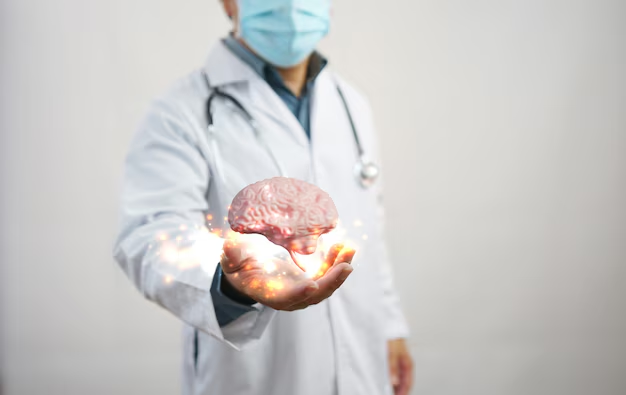Discover Which Brain Region Parkinson's Disease Targets
Parkinson's Disease is a complex and relentless disorder that has forced millions to face its life-altering symptoms. But what exactly happens inside the brain when Parkinson's takes hold? The answer lies primarily within a region known as the basal ganglia—and, more specifically, an area called the substantia nigra. This small but crucial part of the brain takes center stage in Parkinson's, and understanding its role can shed light on the disease's effects.
Unraveling the Role of the Substantia Nigra
The substantia nigra, located in the midbrain, is integral to the regulation of movement. It produces dopamine, a neurotransmitter critical for sending messages to the body that help control and coordinate movements. In Parkinson's Disease, the neurons in the substantia nigra progressively die, leading to decreased dopamine production. This deficit manifests as the hallmark symptoms of Parkinson's, including tremors, bradykinesia (slowed movement), muscle rigidity, and postural instability.
The Ripple Effect: How Parkinson’s Symptoms Emerge
As the dopaminergic neurons in the substantia nigra deteriorate, the smooth coordination between different parts of the basal ganglia and other areas involved in movement control is disrupted. This disturbance causes the characteristic motor symptoms of Parkinson's. However, Parkinson's can also extend beyond movement, affecting other brain regions and leading to cognitive changes, mood disorders, and sleep disturbances.
Parkinson's impact on the brain and overall quality of life can feel overwhelming—not just in terms of health but financially too. Fortunately, there are numerous resources available to individuals and families coping with this disease.
Bridging the Gap: Financial and Educational Resources
Navigating Parkinson's Disease extends beyond medical care to include managing financial burdens. This is where government programs, financial aid, and educational resources become essential.
Financial Assistance and Support Options
🩺 Medicare and Medicaid: These programs can help cover medical expenses and prescription drugs for Parkinson’s treatment.
💼 Disability Benefits: Social Security Disability Insurance (SSDI) and Supplemental Security Income (SSI) can provide monthly payments to those whose ability to work is affected by Parkinson's.
💸 Non-Profit Organizations: Groups like the Parkinson's Foundation offer grants and financial aid for Parkinson’s patients facing economic hardships.
Credit and Debt Management
📈 Credit Counseling: Organizations such as the National Foundation for Credit Counseling can assist in managing debt and improving credit scores, which may be especially useful for those facing medical expenses.
💳 Credit Card Solutions: Checking for credit cards that offer low interest rates or options for balance transfers could help alleviate the burden of high medical bills.
Educational Opportunities
📚 Scholarships for Caregivers: Programs offering educational grants for caregivers can ease the financial strain, allowing them to provide better care for their loved ones with Parkinson's.
💼 Career and Skills Training: For those living with Parkinson's who seek new employment opportunities, there are vocational rehabilitation programs that help with skill development and job placement.
While Parkinson's Disease primarily affects the substantia nigra, its impacts are far-reaching. For those affected, exploring available financial assistance and educational opportunities can provide much-needed support.

Related Topics
- Are There Environmental Causes Of Parkinsons
- Can Alcohol Cause Parkinson's
- Can Concussions Cause Parkinson's
- Can Concussions Cause Parkinson's Disease
- Can Dogs Get Parkinson's Disease
- Can Dogs Get Parkinsons
- Can Dogs Have Parkinson's
- Can Dogs Have Parkinson's Disease
- Can Females Get Parkinson Disease
- Can Head Trauma Cause Parkinson's